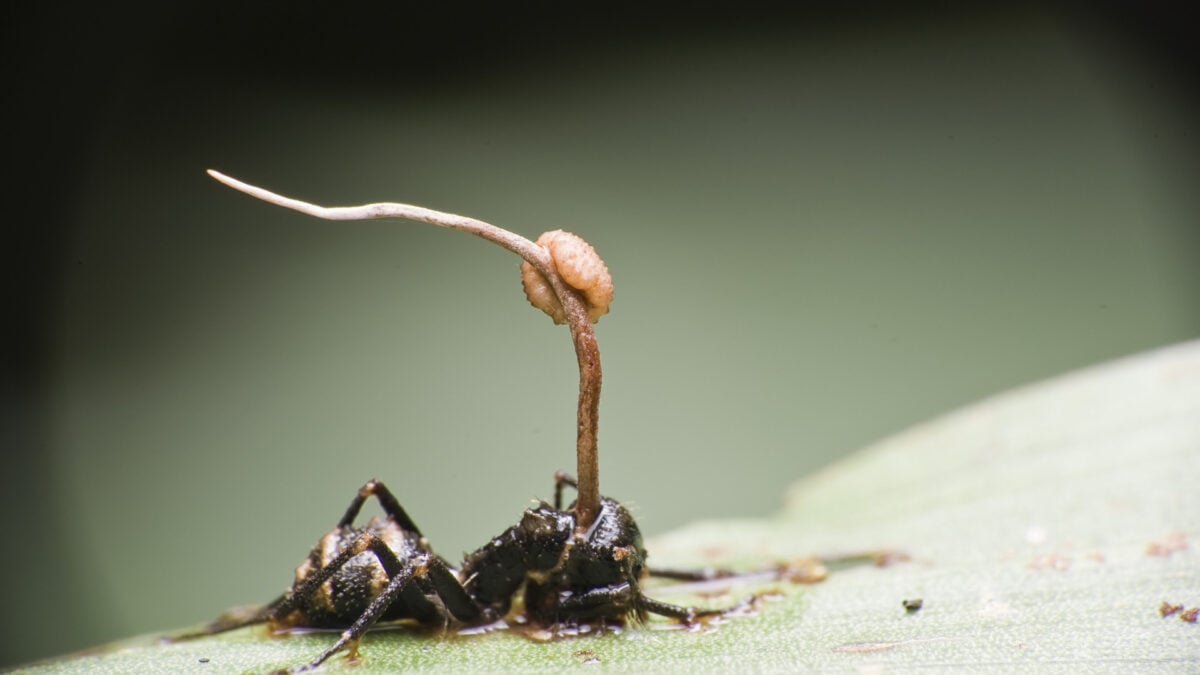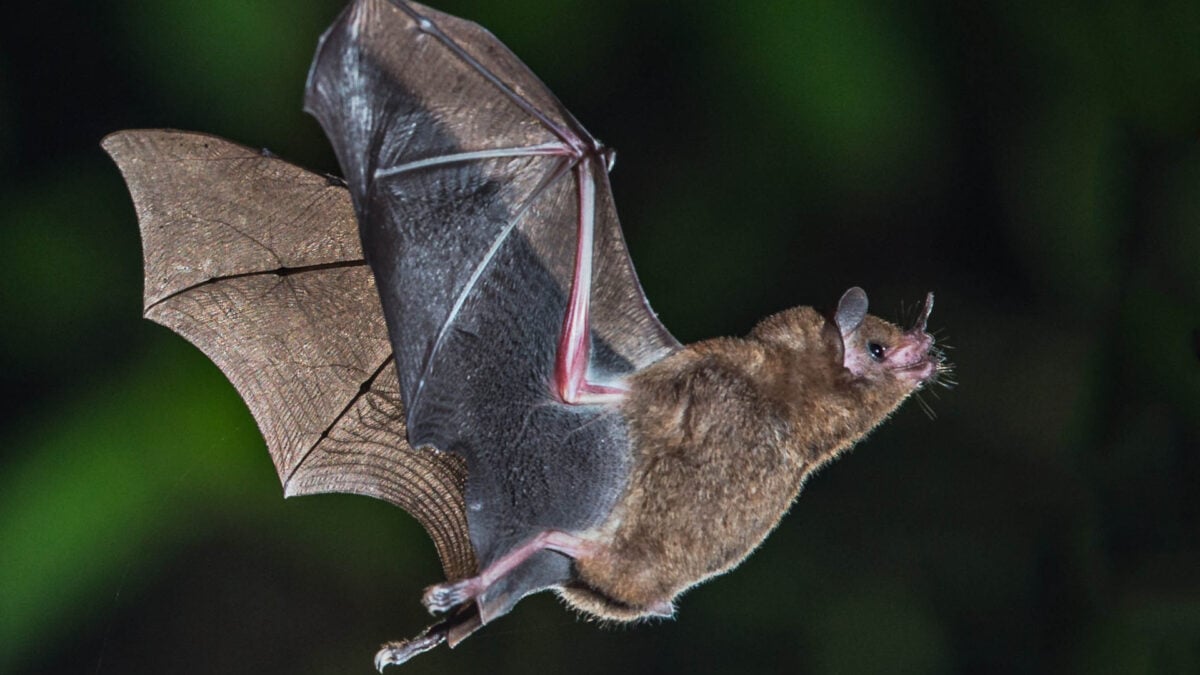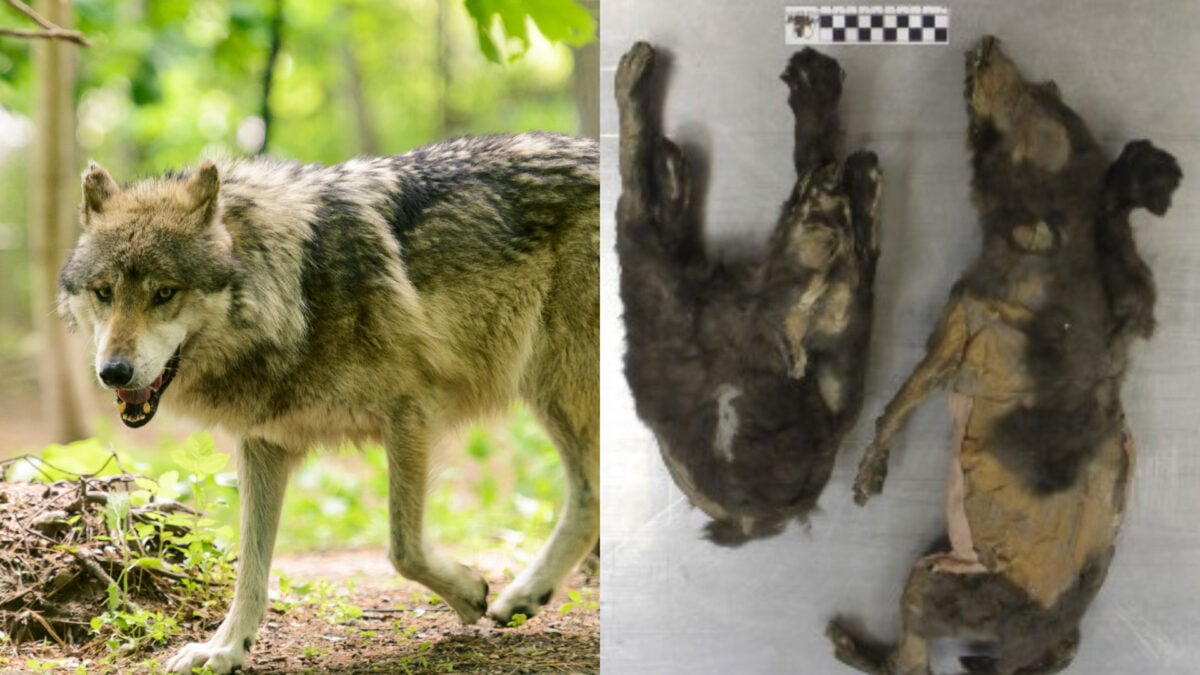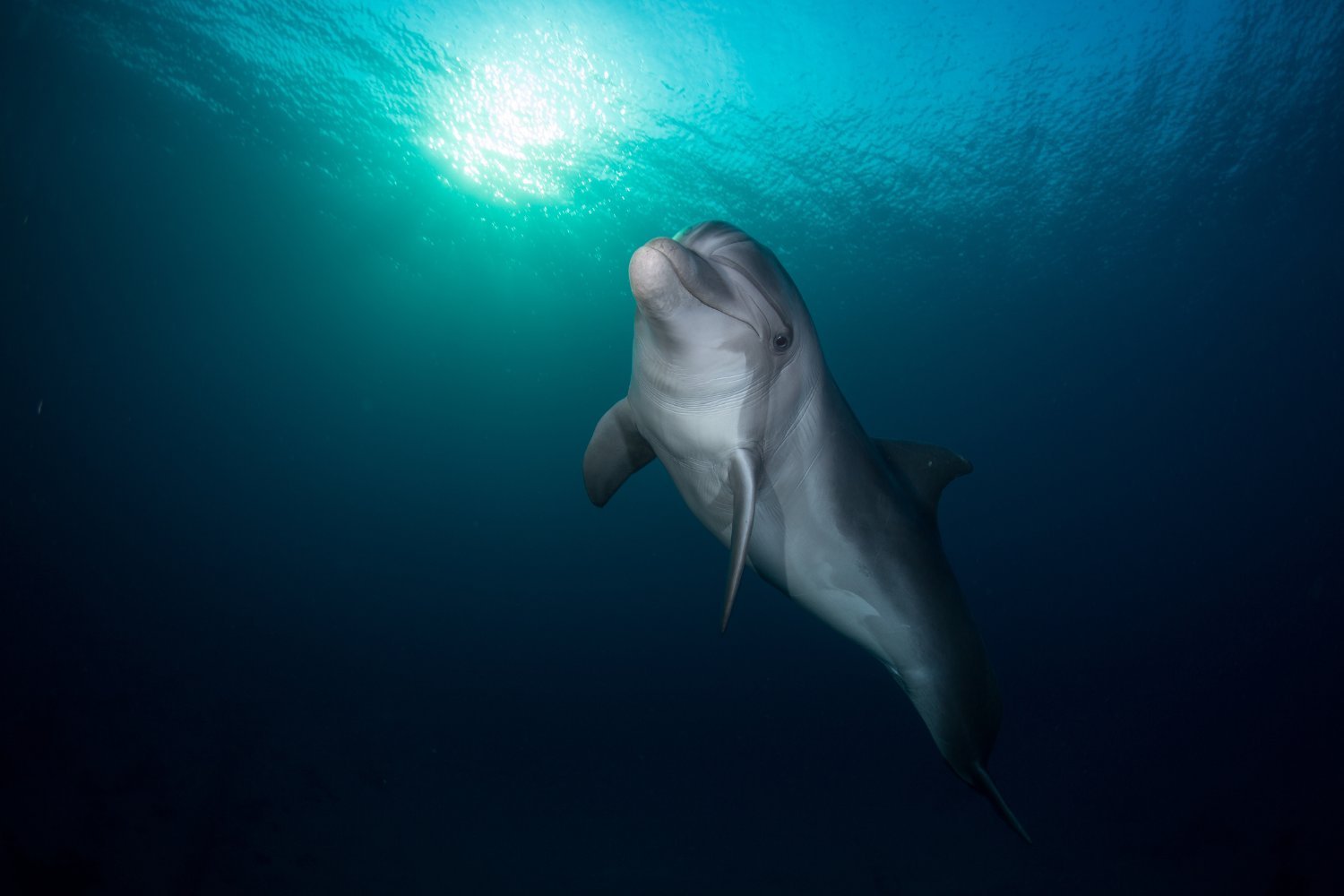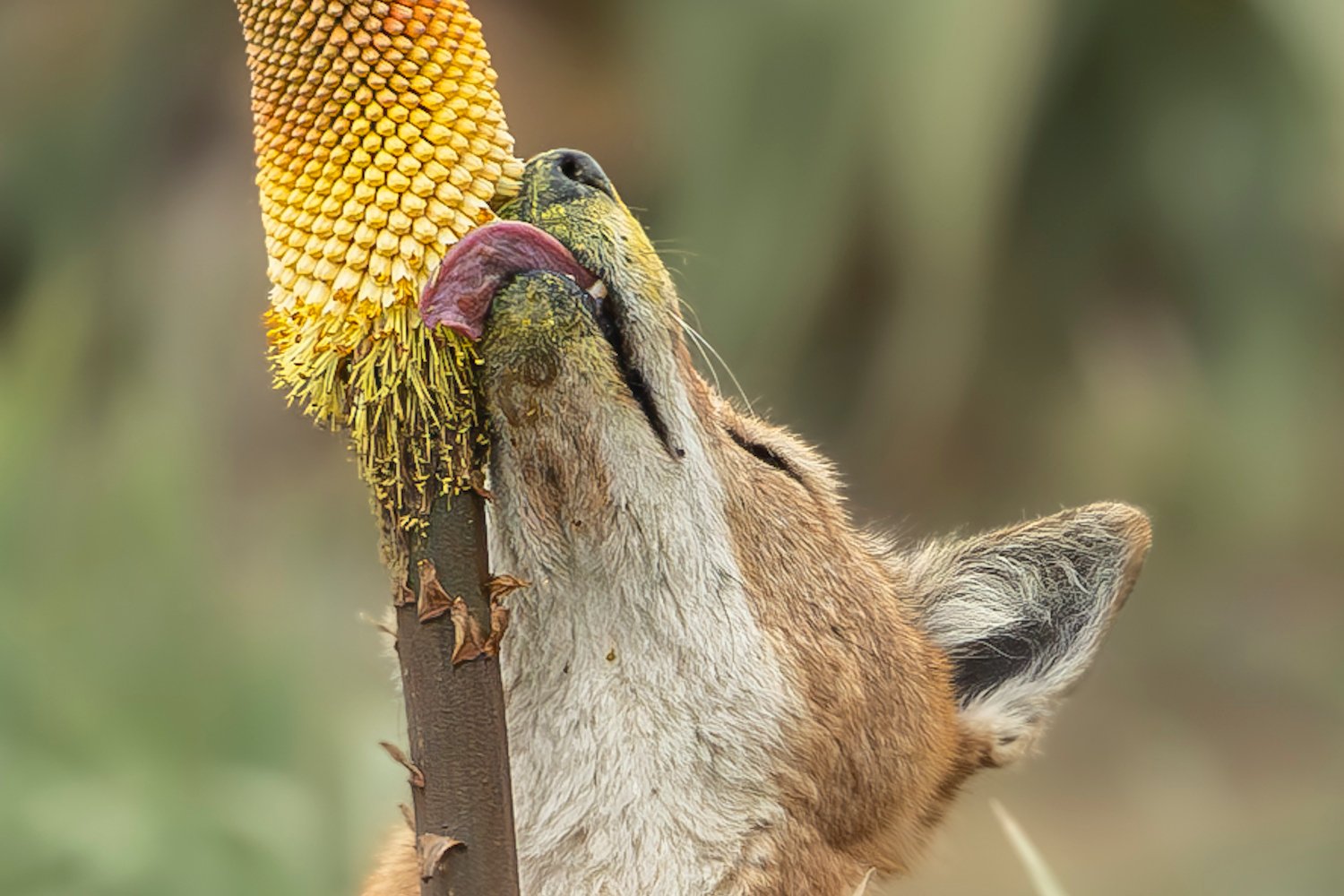The concept of zombies often conjures images of reanimated human corpses from fiction, but the natural world hosts its own terrifyingly real versions: countless animal species manipulated by sophisticated parasites. These zombie bugs, ranging from insects to arachnids, fall prey to organisms that have evolved to seize control of their hosts’ minds and bodies, compelling them to act against their own survival for the parasite’s benefit. Science writer Mindy Weisberger meticulously explores this fascinating and often gruesome realm in her book, Rise of the Zombie Bugs: The Surprising Science of Parasitic Mind-Control. This article delves into Weisberger’s insights, uncovering the diversity of these mind-controlling parasites, the ancient evolutionary strategies behind their success, their potential implications for mammals including humans, and the cutting-edge science striving to understand their intricate mechanisms.
The Alluring Macabre: A Dive into the World of Zombifying Parasites
Many individuals, like Weisberger herself, first encounter the concept of zombifying parasites through popular culture, such as the Ophiocordyceps fungus that served as inspiration for the apocalyptic pandemic in the game and TV series The Last of Us. This fungus notoriously compels ants to climb to elevated positions before killing them, allowing for optimal spore dispersal. “This is something that people maybe are a little more aware of now,” Weisberger noted in an interview with MaagX.
However, her journey as a science reporter revealed a far broader and more diverse cast of these natural puppeteers. “Over time, as a science reporter, I came across more examples of different types of zombifying organisms, and I just started to get a sense of the scope of how many different kinds there were and all of these different mechanisms they had for zombification,” she explained. “So, of course, there are zombifying fungi, but there are also zombifying viruses. There are zombifying insects. There are many, many species of wasps that have evolved to manipulate their hosts. There are zombifying worms.” This burgeoning realization of the sheer variety and complexity of parasitic mind control fueled her deep dive into the subject. [internal_links]
Weisberger emphasized that these parasites are not mere curiosities but offer a rich field of study. “These parasites are a very, very rich source of study, and they tell us a lot about the natural world and how different relationships work and the different kinds of strategies that have evolved for different forms of life to survive.”
An Ancient and Successful Strategy: The Evolution of Parasitism
The term “parasite” often carries negative connotations, frequently associated with disease and freeloading. Weisberger challenges this perspective, highlighting parasitism as a remarkably successful and ancient evolutionary strategy. “People in general have a negative view towards parasites because many parasites cause disease,” she stated. “But in fact, this is obviously a very successful strategy, and parasitism has been around for about as long as there has been life on Earth.”
Kelly Weinersmith, a researcher studying parasitic wasps whom Weisberger interviewed, humorously noted that “parasitologists like to joke amongst themselves that the first form of life that emerged on earth was free-living, and the second was parasitic.” The allure of a parasitic lifestyle is undeniable from an evolutionary standpoint. “If you had to worry about going out and looking for food, finding a safe place for you to reproduce and raise your young, and potentially exposing yourself to all different kinds of threats and predators, would it not be profitable to find yourself a place where everything you need is there…?” Weisberger elaborated. “Once you’ve established yourself in a way that you can evade the host’s immune system and just do your thing, that is actually a safer, better option for you.”
This evolutionary advantage explains why parasitism has independently evolved numerous times across the animal kingdom, as well as in plants and fungi. Current estimates suggest that at least 40% of the roughly 8 million known animal species are parasitic. The history of this strategy extends deep into geological time. The earliest direct fossil evidence of parasitism dates back approximately 512 million years, found in the shells of marine organisms called brachiopods from a site in China. “These parasites were probably worms that built these little mineralized cylinders for themselves on the shells of these brachiopods,” Weisberger described, based on fossil findings. These ancient worms are thought to have been kleptoparasites, stealing food from their hosts—an inference drawn from the smaller size of brachiopod fossils heavily laden with these parasites. Despite the vast number of parasite-host associations, only a small fraction are known to involve the kind of sophisticated behavioral manipulation that creates “zombie bugs.”
The Human Factor: Could Parasites Control Our Minds?
The unsettling nature of parasitic mind control naturally leads to the question: could humans be susceptible? Weisberger acknowledges these concerns and points to existing pathogens known to influence mammal behavior.
Rabies is a well-known and ancient example. “Cases of rabies are recorded in texts that go back thousands of years, and it’s known to affect its host’s behavior very dramatically,” she said. The virus induces aggression and excessive salivation, behaviors that directly benefit its transmission. “Aggressive animals are more likely to fight. And the virus particles are shed in their saliva. So the combination of changing aggressive behavior and a lot of drool means that the rabies virus is able to increase its chances of successful reproduction.”
Another prominent example is Toxoplasma gondii, the parasite responsible for toxoplasmosis. Its definitive hosts are cats, meaning it can only reproduce within them, but it can infect a wide range of birds and mammals, including humans. There is robust evidence that T. gondii alters the behavior of infected rodents, making them lose their innate fear of cats and even become attracted to cat urine. This manipulation increases the likelihood of the rodent being preyed upon by a cat, thus allowing the parasite to complete its life cycle. Weisberger highlighted emerging research suggesting similar behavioral modifications in other non-rodent animals. “In hyena cubs, for example, that are infected with T. gondii, they seem to be bolder around lions. And there are studies of captive chimps infected with T. gondii that seem to lose their fear of leopards.”
Humans are considered dead-end hosts for T. gondii, yet over two billion people worldwide are estimated to carry the pathogen, often without symptoms. A growing body of research hints that T. gondii might subtly influence human behavior, potentially increasing boldness or aggression, even in asymptomatic individuals. However, Weisberger cautioned, “Figuring out what actually makes a specific behavioral change is very complicated. And it’s even more complicated in people… So there is still, at this point, a lot of work to be done to be certain that you can separate out these specific changes and link them to T. gondii.” [internal_links]
Unraveling the Puppet Master’s Strings: The Science of Zombification
The study of behavioral manipulation by parasites has evolved significantly. While early accounts, some centuries old, were based on observations of unusual animal behavior or physical changes, modern science offers more powerful tools. “It’s only really been in the last 20 years or so that scientists have been able to drill down and look at the neurochemistry of what’s going on,” Weisberger explained. Researchers can now investigate the specific proteins being altered and genes being expressed.
A central question in the field is understanding the precise mechanism of control. “Is the parasite itself producing the compounds that are causing the change, or is it producing compounds that then get the insect to produce chemicals that affect its behavior?” Weisberger posed.
She illustrated this complexity with the example of a wasp that zombifies spiders. The wasp larva attaches to a spider, discreetly feeding on its hemolymph. When the larva is ready to pupate, it triggers a dramatic change in the spider’s behavior. Instead of its typical prey-catching orb web, the zombified spider constructs a durable, cocoon-like web. Once this specialized web is complete, the wasp larva consumes the spider and uses the web to support its own cocoon. This behavioral shift is linked to a massive surge of ecdysteroids, hormones that spiders naturally produce before molting. “The big unanswered question right now is, is the wasp producing this itself or is it stimulating it in the spider?” Weisberger noted. This uncertainty underscores how much remains to be discovered about the intricate pathways these parasites use to exert control.
Weisberger’s Gallery of Ghouls: Favorite Zombie Bug Encounters
Throughout her research, Weisberger encountered numerous captivating examples of zombification. She shared two particularly memorable ones.
The “Discofied” Zombie Snail: These land snails become hosts to flatworms of the genus Leucochloridium. “What these worms do is they infect the snails using these broodsacs, which is like these little sausages full of worm larvae,” Weisberger described. These broodsacs, strikingly colored and patterned, migrate into the snail’s eye stalks. “Once there, they pulse, making the stalks look very much like the undulation of a crawling caterpillar.” The definitive hosts for these worms are birds, which are attracted to this caterpillar-like display. The parasite also manipulates the snail’s behavior, causing it to move into exposed areas, making it an easy target. Interestingly, the eyestalks can sometimes rupture, releasing the broodsac, and the snail may heal and survive the encounter. More information on these snails can be found via Discover Wildlife.
Lady Berry: The TikTok-Famous Bodyguard Ladybug: In 2021, a ladybug nicknamed Lady Berry gained TikTok fame. Discovered by insect enthusiast Tiana Gayton, the ladybug appeared to be “hugging” a small cocoon. It was parasitized by a species of wasp that manipulates its host into becoming a bodyguard for its pupa. The wasp larva emerges from the ladybug and spins its cocoon beneath it, while the still-living ladybug fiercely protects it. Gayton, however, intervened. “She pried it off the cocoon, separated it from the cocoon, and put the ladybug in a little jar. She gave it water, gave it food, and nursed it back to health. And eventually she took Lady Berry to the park and returned it to the wild.” Weisberger recounted, adding, “And so there’s an example of a zombie that got something most zombies don’t: a second chance.”
Conclusion: The Enduring Enigma of Nature’s Puppeteers
The world of zombie bugs and parasitic mind control is a testament to the intricate, often unsettling, adaptations that have evolved on Earth. These phenomena, far from being mere biological oddities or horror tropes, represent complex interactions that challenge our understanding of behavior, free will, and the very definition of an individual organism. As Mindy Weisberger’s explorations reveal, these natural puppeteers employ a stunning array of sophisticated strategies to ensure their survival and propagation, often at the direct expense of their hosts.
Scientific inquiry continues to peel back the layers of these host-parasite relationships, delving into the neurochemical and genetic mechanisms that underpin such profound behavioral manipulation. Each discovery not only sheds light on the specific tactics of a particular parasite but also offers broader insights into evolutionary biology, neurobiology, and ecology. The study of zombifying parasites underscores the relentless innovation of nature and the delicate, sometimes brutal, balance within ecosystems. For those whose curiosity is piqued by these masterful manipulators and their unsuspecting victims, Weisberger’s book, Rise of the Zombie Bugs: The Surprising Science of Parasitic Mind-Control, offers a deeper, more comprehensive journey into this captivating and chilling domain of the natural world.



